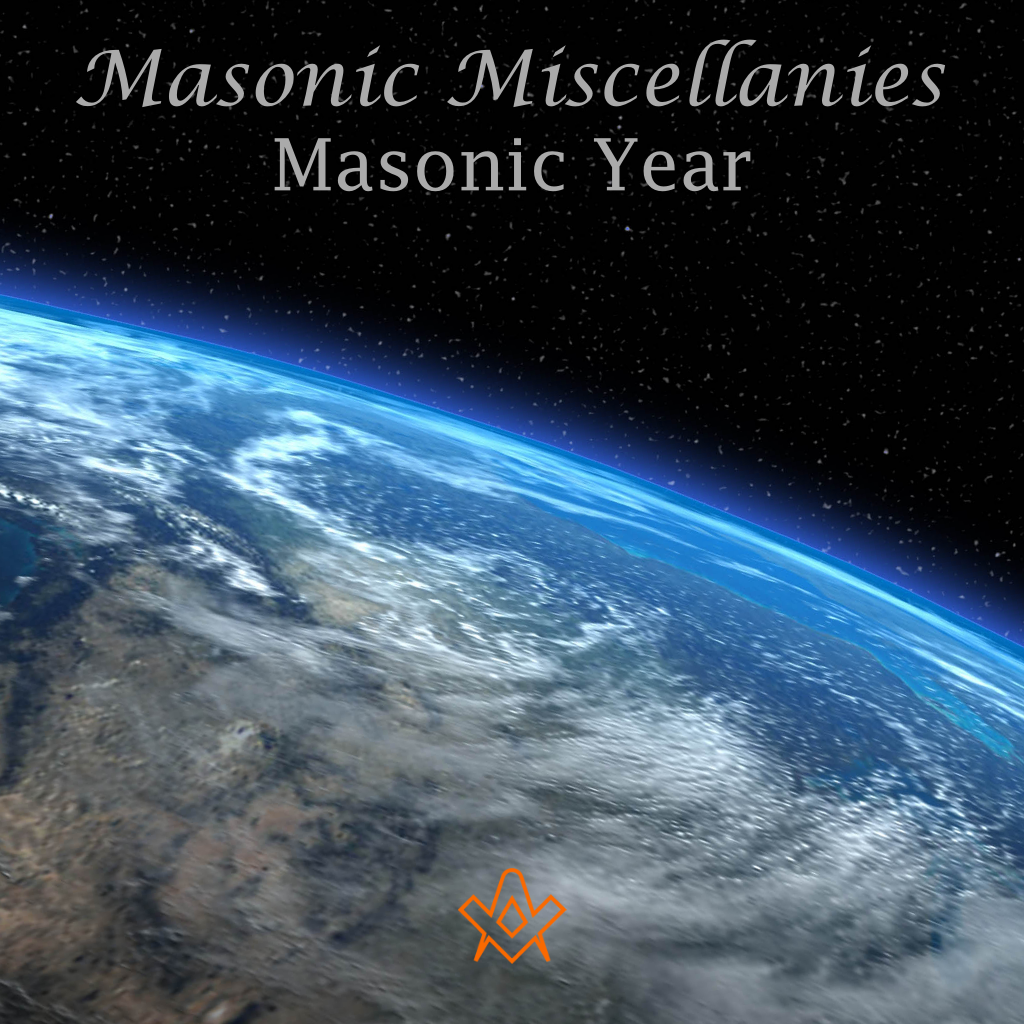Why do Freemasons use different ‘calendar’ to our regular calendar?
You will no doubt have seen or heard the following phrases mentioned in, or on, Masonic ritual and documents. Below are explanations of the calendar terms adopted by the various bodies of Masonry.
Extracted from An Encyclopaedia of Freemasonry and it’s Kindred Sciences – volumes one and two written by Albert G Mackey M.D.
Mackey compiled his Encyclopaedia of Freemasonry in 1873, reprinted in 1878. It was subsequently, enlarged and revised by other authors into several volumes after his death. It is his largest and most important contribution to Masonic literature.
YEAR OF FREEMASONRY
Sometimes used as synonymous with Year of Light. In the eighteenth century, it was, in fact, the more frequent expression.
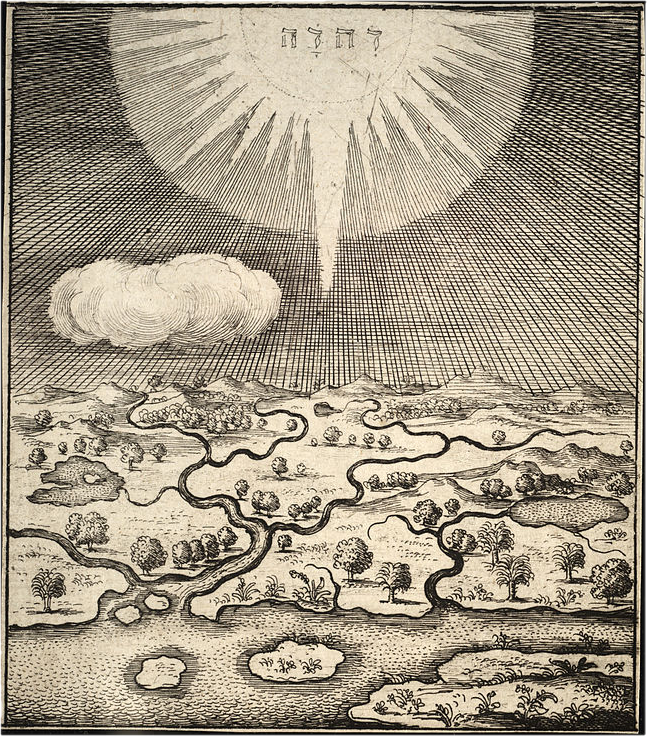
Creation of the Earth By Wenceslaus Hollar (1607 – 1677)
IMAGE LINKED: wikimedia Attribution 4.0 International (CC BY 4.0)
YEAR OF LIGHT
Anno Lewis, in the Year of Light, is the epoch used in Masonic documents of the Symbolic Degrees.
This era is calculated from the creation of the world, and is obtained by adding four thousand to the current year, on the supposition that Christ was born four thousand years after the creation of the world.
But the chronology of Archbishop Ussher, which has been adopted as the Bible chronology in the authorized version, places the birth of Christ in the year 4004 after the creation.
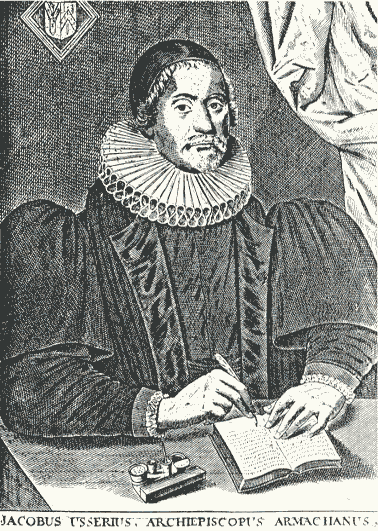
Archbishop James Ussher (1581–1656)
IMAGE LINKED: wikimedia Attribution 4.0 International (CC BY 4.0)
According to this calculation, the Masonic date for the ‘year of light’ is four years short of the true date, and the year of the Lord 1874, which in Masonic documents is 5874, should correctly be 5878.
The Ancient and Accepted Scottish Rite Freemasons in the beginning of the nineteenth century used this Ussherian era, and the Supreme Council at Charleston dated its first circular, issued in 1802, as 5806.
[Frederick] Dalcho (Ahiman Rezon, second edition, page 37) says:
‘If Masons are determined to fix the origin of their Order at the time of the creation, they should agree among themselves at what time before Christ to place that epoch.’
At that agreement they have now arrived. Whatever differences may have once existed, there is now a general consent to adopt the theory that the world was created 4000 B.C.
The error is too unimportant, and the practice too universal, to expect that it will ever be corrected.
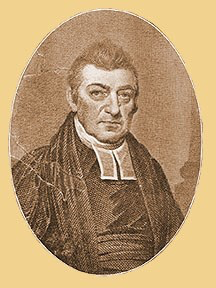
Frederick Dalcho (1770-1836)
IMAGE LINKED: wikimedia Attribution 4.0 International (CC BY 4.0)
H. P. Smith (Hasting’s Dictionary of the Bible), we may here point out in a paragraph to support Doctor Mackey, says that our appreciation of the Bible does not depend upon the accuracy of its dates.
This authority considers that in general, the picture it provides of the sequence of events from the time of Judges down to the Fall of Jerusalem is correct.
More recently there has been welcome light on the dates of certain biblical events from the inscriptions in Assyria and Babylonia.
These Empires had made great advances in astronomy and consequently in the regulation of the calendar.
They had a reckoning of time which secured accuracy for their records of history.
Lists have come down to us in fragments, but by them scholars have corrected some of the dates in Hebrew history.
The reference already made to the work of Archbishop Ussher has been checked by these later studies and most of the figures, it is now accepted, are too high for the early period.
Probably some of the early writers were influenced by a theory which they had formed or which had come to them through tradition and those tendencies show certain repetitions in the records which are, in these modern days, not so convincing as formerly.
Noorthouck (Constitutions 1784, page 5), speaking of the necessity of adding the four years to make a correct date, says:
‘But this being a Degree of accuracy that Masons in general do not attend to, we must, after this intimation, still follow the vulgar mode of computation to be intelligible.’
As to the meaning of the expression, it is by no means to be supposed that Freemasons, now, intend by such a date to assume that their Order is as old as the creation.
It is simply used as expressive of reverence for that physical light which was created by the fiat of the Grand Architect, and which is adopted as the type of the intellectual light of Freemasonry.
The phrase is altogether symbolic.
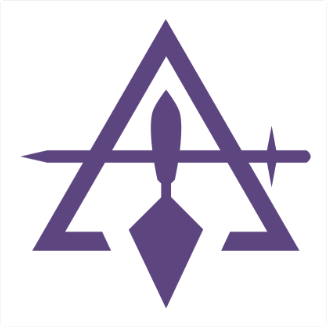
YEAR OF THE DEPOSITE
An era adopted by Royal and Select Masters, and refers to the time when certain important secrets were deposited in the first Temple.
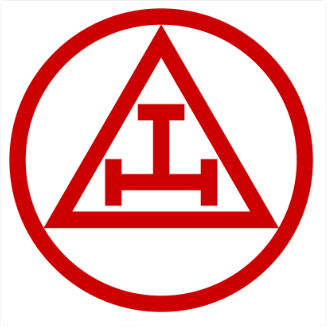
YEAR OF THE DISCOVERY
An era adopted by Royal Arch Masons, and refers to the time when certain secrets were made known to the Craft at the building of the second Temple.
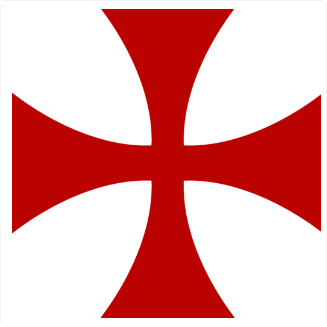
YEAR OF THE ORDER
The date used in documents connected with Masonic Templarism. It refers to the establishment of the Order of Knights Templarin the year 1118.
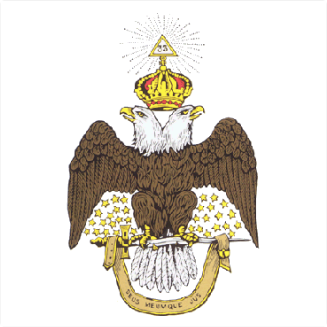
YEAR OF THE WORLD
This is the era adopted by the Ancient and Accepted Scottish Rite and is borrowed from the Jewish computation. The Jews formerly used the era of contracts, dated from the first conquests of Seleucus Nicator in Syria. But since the fifteenth century they have counted from the creation, which they suppose to have taken place in September, 3760, before Christ.
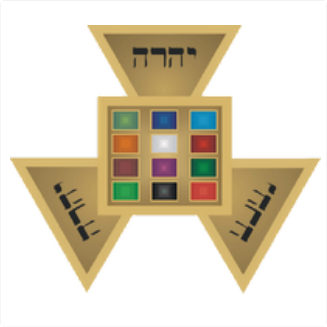
ANNO BONEFACIO
Latin, meaning In the Year of the Blessing; abbreviated A∴ B∴ This date has been used by the brethren of the Order of High Priesthood to signify the elapsed period calculated from the year of the blessing of Abraham by the High Priest Melchizedek. The date is determined by adding the year of blessing to any Christian or so-called Vulgar Era thus: 1913+1930 = 3843.

ANNO COADIO
Latin, meaning the Year of Destruction; Abbreviated A∴ C∴, referring to the year 1314 in Knights Templar history.

ANNO DEPOSITIONIS
Latin, meaning in the year of the Deposit; abbreviated A∴ Dep∴ The date used by Royal and Select Masters, which is found by adding 1000 to the Vulgar Era; thus, 1930+1000 =2930.
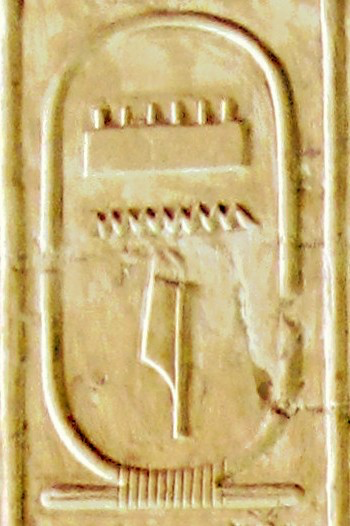
ANNO EGYPTIACO
Latin, meaning in the Egyptian year. The date used by the Hermetic Fraternity, and found by adding 5044 to the Vulgar Era prior to each July 20, being the number of years since the consolidation of the first Egyptian monarchy under Menes who, according to Herodotus, built Memphis, and is reported by Diodorus to have introduced the worship of the gods and the practice of sacrifices into Egypt.
(image: Cartouche of Menes on the Abydos King’s list)

ANNO HEBRAICO
Latin, meaning in the Hebrew year ; abbreviated A∴ H∴ The same as Anno Mundi.

ANNO INVENTIONIS
Latin, meaning in the year of the Discovery; abbreviated A∴ I∴ or A∴ Inv∴ The date used by Royal Arch Masons. Found by adding 530 to the Vulgar Era; thus, 1930 + 530 =2460.
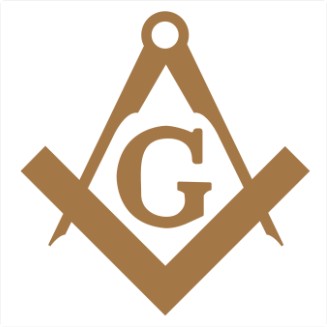
ANNO LUCIS
Latin, meaning in the Year of Light; abbreviated A∴ L∴ The date used in ancient Craft Freemasonry; found by adding 4000 to the Vulgar Era; thus, 1930+ 4000 = 5930.

ANNO MUNDI
Latin, meaning in the Year of the World. The date used in the Ancient and Accepted Scottish Rite; found by adding 3760 to the Vulgar Era until September. After September, add one year more; this is because the year used a the Hebrew one, which begins in September. Thus, July, 1930+3760 = 5690, and October, 1930+3760+1= 5691.

ANNO ORDINIS
Latin, meaning in the Year of the Order; abbreviated A∴ O∴ The date used by Knights Templar; found by subtracting 1118 from the Vulgar Era; thus, 1930-1118 = 812.
Article by: Albert G. Mackey
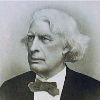
Albert Gallatin Mackey (1807 – 1881) was an American medical doctor and author.
He is best known for his books and articles about freemasonry, particularly the Masonic Landmarks.
In 1849 he established The Southern and Western Masonic Miscellany, a weekly masonic magazine.
He served as Grand Lecturer and Grand Secretary of The Grand Lodge of South Carolina, as well as Secretary General of the Supreme Council of the Ancient and Accepted Scottish Rite for the Southern Jurisdiction of the United States
Recent Articles: Masonic Miscellanies
 Masonic Miscellanies - Masonic Orb Discover the fascinating world of Masonic ball watch fobs, intricately crafted with tiny pyramids that form a cross when opened. These decorative accessories were all the rage in the late 1800s and early 1900s, and they still hold a certain allure today. Explore the different varieties and symbols found on these unique pieces that carry deep Masonic meaning. |
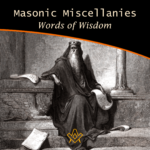 Masonic Miscellanies – Words of Wisdom Uncover timeless wisdom from King Solomon to Albert Pike in our latest Masonic Miscellanies, a treasure trove of insights for Masons. Journey through the ages and glean inspiring sayings, reflecting on their profound influence on Masonic principles. An enriching read for the enlightened. |
 Masonic Miscellanies - Symbolism of the Right Hand Unlock the enigmatic realm of Freemasonry as we delve into its age-old symbols, rituals, and philosophies. This thought-provoking exploration, drawn from Mackey's Revised Encyclopedia of Freemasonry, focuses on the iconic 'right hand' symbol - its rich history, universality, and profound significance. |
 Masonic Miscellanies - Order of the Secret Monitor Unveil the mystery of Freemasonry with 'The Order of the Secret Monitor'. Discover this lesser-known appendant order, its unique rituals, and the profound teachings it offers. Explore the bonds of friendship and brotherhood it fosters, all wrapped in an intriguing cloak of mystery. Your journey into the depths of Masonic wisdom begins here. |
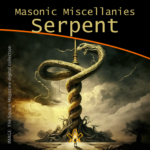 Masonic Miscellanies - The Symbol of the Serpent As a symbol, the serpent obtained a prominent place in all the ancient initiations and religions. |
 Masonic Miscellanies - The Four Veils in Royal Arch Masonry What are the four veils in Royal Arch Masonry? And what is the 'Ceremony of Passing the Veils'? Although common throughout Scotland, Ireland and the United States, it is mostly unknown in England, presently only worked in the Province of Bristol. ( and by dispensation ) |
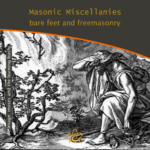 Masonic Miscellanies - Bare feet and Freemasonry A candidate for initiation into a Masonic Lodge often finds the requirements which he/she must fulfil somewhat odd. The mode of preparation often remains a puzzle, since the ritualistic explanation is not offered in full. Why are we 'slipshod' or "bare-footed" in Masonic Ritual? |
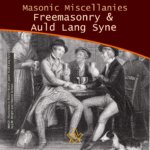 Masonic Miscellanies – Freemasonry and Auld Lang Syne Millions of people throughout the world will sing Auld Lang Syne to see out the Old Year. Few will know all the words, fewer still know what they mean, or that there is a link to Freemasonry. |
 Masonic Miscellanies - The Mosaic Pavement - why mosaic, why pavement? We are all familiar with the black and white chequered flooring of the Masonic lodge but where did it originate? There are a few theories… |
 Masonic Miscellanies – Masonic Master's Carpets Have you got a magic "Masonic Master's Carpet" in your lodge? I say 'magic' with my tongue firmly in my cheek because (as far as I know) these fabulous works of art don't bestow any mystical powers but can bestow some educational ones! However, considering their possible value today, they may magic up some interest (or funds). |
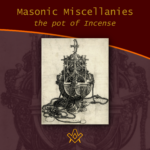 Masonic Miscellanies – The Pot of Incense Just when the pot of incense became an emblem of the third section of the Sublime Degree can not be stated with certainty. It is, apparently, an American invention or addition. But what does it symbolise? |
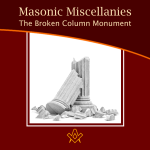 Masonic Miscellanies - The Broken Column Monument The story of the broken column was first illustrated by Amos Doolittle in the "True Masonic Chart" by Jeremy Cross, published in 1819. |
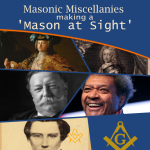 Masonic Miscellanies - Making a 'Mason at Sight' What does it mean to make a 'Mason at sight', and who was made one? |
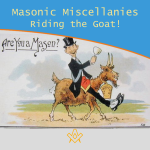 Masonic Miscellanies - Riding the Goat! Many Freemasons will have come across the phrase 'riding the goat', and will no doubt have been the butt of a joke about it (sorry, I couldn't resist!) But what does it mean and where did the phrase come from? |
 Masonic Miscellanies - What are the 'three dots'? Three dots or points in an upright triangular shape ∴ is most commonly known as the 'therefore' sign – so why is it used in Freemasonry? |
 Masonic Miscellanies - Keep Within Compass This month we discover a series of allegorical prints warning us to "Keep within Compass and you shall be sure, to avoid many troubles which others endure." |
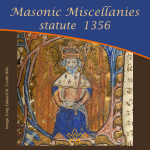 Masonic Miscellanies - statute 1356 Further to the reference in the article – The Builders - 6 - Free-Masons 'a statute was enacted against the Free-masons in 1356' – Regulations for masons who are hewers, on the one hand, and the light masons and setters on the other. |
 Masonic Miscellanies - An Anti-Masonic 'Apron'? The Anti-Masonic 'Apron' was created during the 1832 Presidential election in USA. It was not Ani-masonic. And it was not an apron. Read on to find out what and why it was created. |
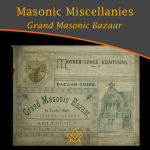 Masonic Miscellanies - Grand Masonic Bazaar (1895) Grand Masonic Bazaar (1895); to raise funds to clear the debt incurred by “Mother Kilwinning” in rebuilding their Lodge. |
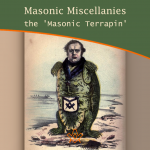 Masonic Miscellanies - the 'Masonic Terrapin' A satirical book from 1851 includes a bizarre caricature of a 'Masonic Terrapin' - all I can say is 'read on'… |
 Masonic Miscellanies - Masonic Bookplates You probably know what a bookplate is for, but did you know that the earliest known book mark/label dates from the reign of Amenhotep III in Egypt around 1391−1353 BCE?! |
 Masonic Miscellanies - Freemasonry & Bees Freemasonry & Bees - what's the buzz? The bee was among the Egyptians the symbol of an obedient people, because, says Horapollo, of all insects, the bee alone had a king. |
 Masonic Miscellanies - The mystery of the Tattooed Freemason In 1894, the body of a drowned man was found in the Bay of San Francisco - what they discovered was amazing. |
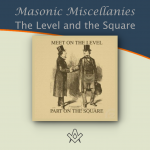 Masonic Miscellanies - The Level and the Square (A Poem) The Level and the Square (A Poem) - "We meet upon the Level, and we part upon the Square – |
 Masonic Miscellanies - The Mystic Tie What is the 'Mystic Tie'? Clue: it's not an item of neckwear! |
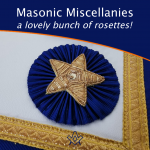 Masonic Miscellanies - A lovely bunch of rosettes! Where did the origin of the use of rosettes on Masonic aprons come from ? |
 Masonic Miscellanies - The Lodge of Sorrow The Lodge of Sorrow - Extracted General Ahiman Rezon, by Daniel Sickles, [1868] |
 Masonic Miscellanies - Memento Mori Memento Mori - a Masonic reminder to make your mark on the world |
 Masonic Miscellanies - A closer look at the Level and the Plumb-rule A closer look at the Level and the Plumb-rule |
 Masonic Miscellanies - The Symbolism of the Gloves The Symbolism of the Gloves and why Freemasons wear white gloves |
 Masonic Miscellanies - Will the real James Anderson please stand up? Will the real James Anderson please stand up? |
 Masonic Miscellanies - The Legend of the Third Degree The most important and significant of the legendary symbols of Freemasonry is, undoubtedly, that which relates to the fate of Hiram Abif. |
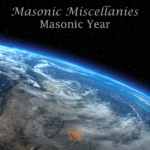 Masonic Miscellanies - Masonic Calendar Why do Freemasons use different 'years' to our regular calendar? |
 Masonic Miscellanies - What is a 'Lewis'? The English word 'Lewis' is a term belonging to operative Masonry, and signifies an iron cramp, which is inserted in a cavity prepared for the purpose in a large stone. |
 Masonic Miscellanies - From J.S.M. Ward Ever wondered why masons had to be 'free' or why we have a Tyler? |
masonic knowledge
to be a better citizen of the world
share the square with two brothers

click image to open email app on mobile device


